How Do Movie Cameras Work
Cameras, no affair how much they cost or what brand they are, all piece of work in roughly the same style. Understanding the unproblematic mechanics of how cameras work will help you realize but how similar they are and how you tin can get the best possible results out of yours.
But before you caput out to beginning taking photos, information technology'due south of import to empathize the half dozen essential requirements needed to record an image.
Agreement these requirements, regardless of whether you're shooting on a DSLR, compact camera or iPhone, volition make your photography so much better. These requirements are:
- Lite: Low-cal is an essential function of whatsoever prototype but at that place are many different types of calorie-free. How we use this calorie-free is important.
- Subject: The subject is what nosotros take photos of and refers to how we compose the image.
- Optics: This refers to the lenses, which are used to focus the light and capture an image.
- Aperture: This controls the amount of light getting into the camera and the depth of field of an image (the sharpness range either side of the point of focus).
- Time: Time relates to the shutter speed and how long it takes to record an image.
- Medium: This is what we tape the captured image on to (this used to be film, but nowadays is usually a CMOS or CCD chip).

Once you sympathise these concepts and how they relate to one some other, you can ameliorate beginning to sympathize how cameras piece of work.
Below we explain in more detail these 6 central elements essential to your photography.
Light
An essential office of photography that nosotros utilize to create our images.

© Karl Taylor
There are 2 types of lite that nosotros can use to create images: natural light (such as the sunday or daylight reflected off of buildings) and artificial light (candlelight, car headlights and even studio lights). Each of these types of light produce either hard or soft light. This refers to the strength and density of the shadows. Soft light results in soft, very low-cal shadows, whereas difficult low-cal results in the reverse — strong, dark shadows. When taking photographs, it's very important to think nearly and place the type of lite as this can take a large touch on the final result.
Field of study
What we take photographs of.
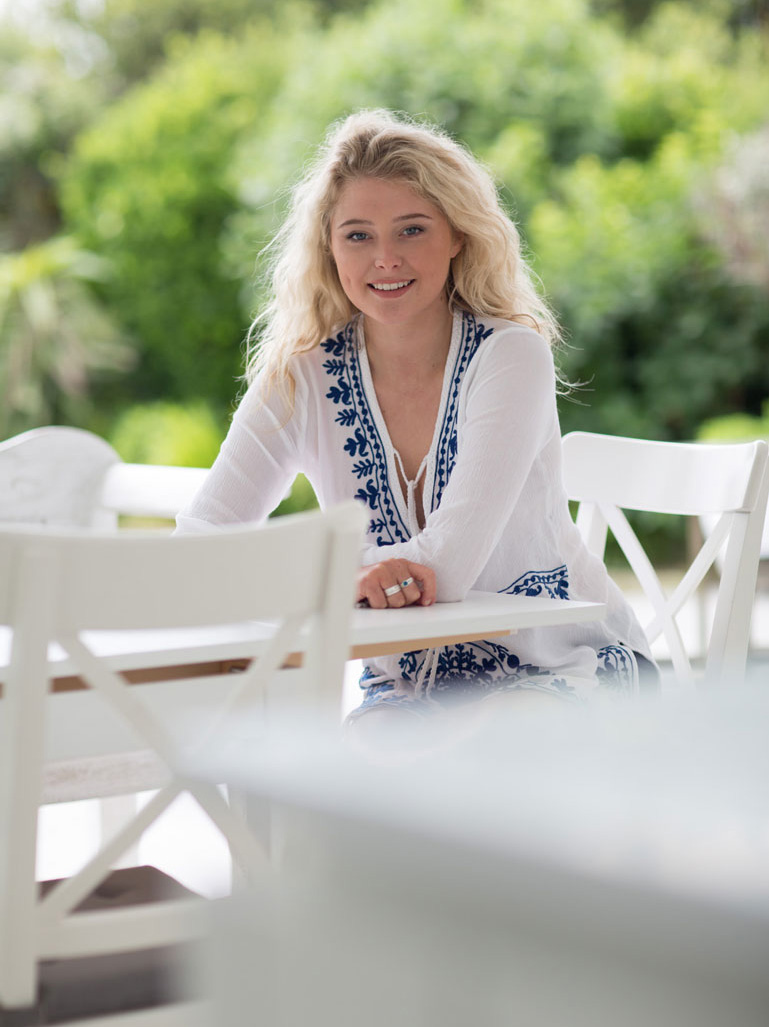
Interested in natural light portraits? Click here.
The subject is the thing that we accept the photo of. This relates closely to composition (we'll look at this afterward in this course), which is how we arrange, or compose, sure elements inside the frame. The subject (or subjects) tin can be anything — from insects to landscapes, people to products.
Lenses
Used to focus the light and capture an image.
Optics, generally referred to as lenses, also play a function in how an image is created. They serve to focus the low-cal onto the recording medium. Lenses command the focal length of an paradigm, the angle of view, magnification and help depict the paradigm based on their particular characteristics. Lenses come up in a multifariousness of different focal lengths, ranging from ultra wide bending to super telephoto, and unlike lenses can produce very different results depending on the configurations within the lens butt.
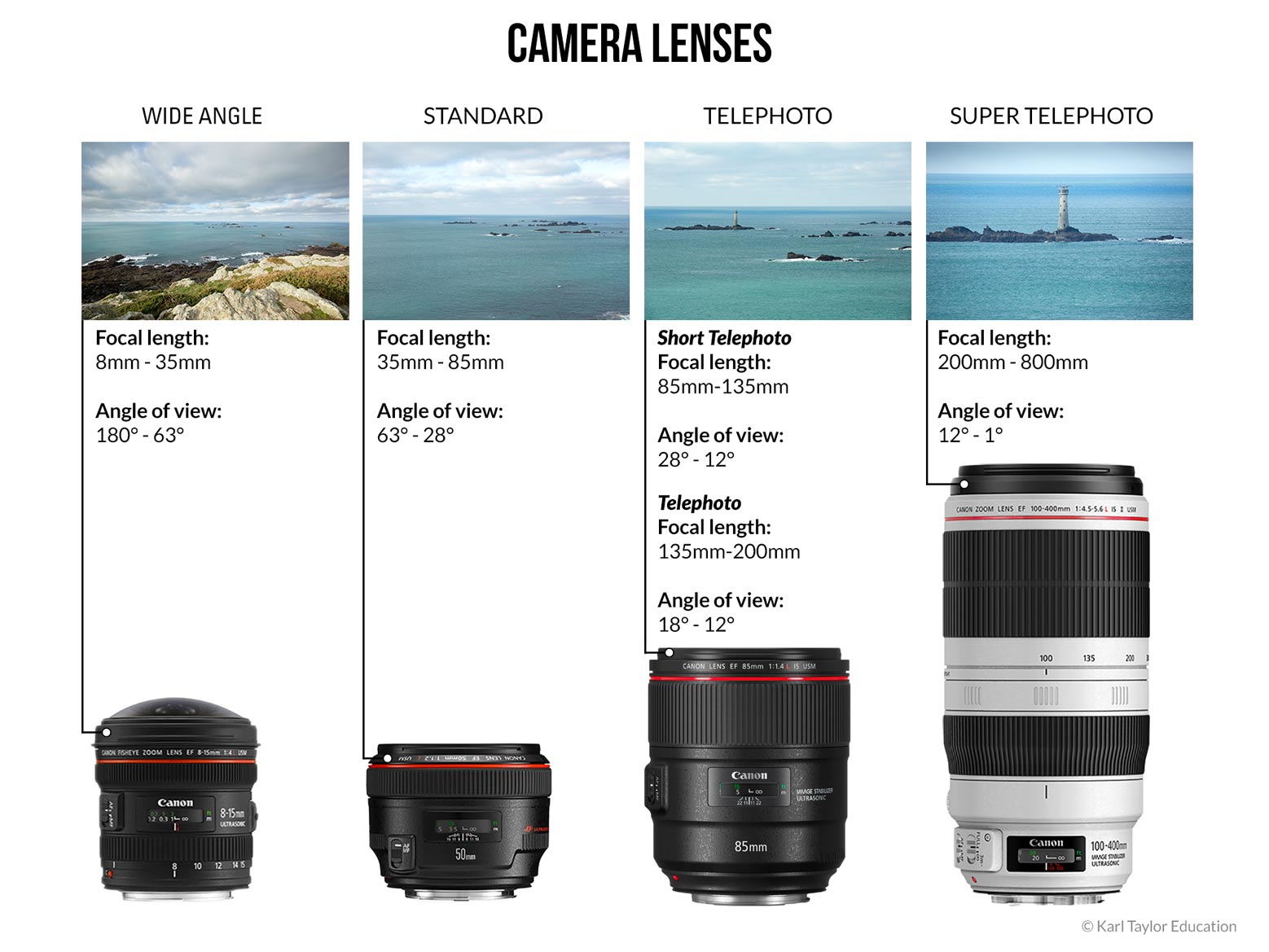
Aperture
Controls the amount of light getting into the camera and the depth of field of an epitome.
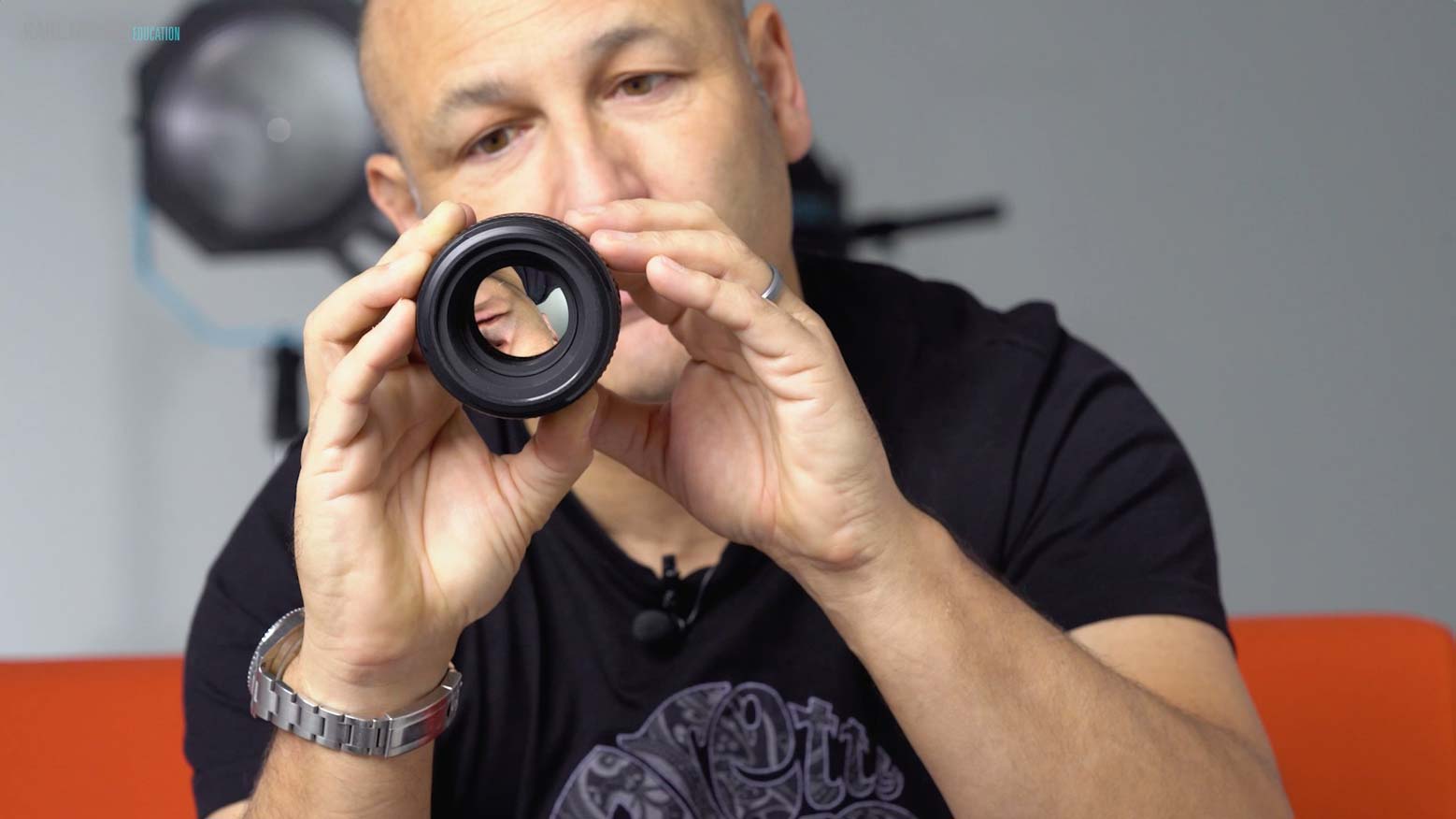
Discontinuity refers to the size of the opening in the lens that light passes through earlier striking the sensor (or film). It is measured in f-stops and is shown on your camera past the symbol 'f' (for instance f1.2, f5.6 or f22). The lower the number, the larger the discontinuity (you tin see this in the image below) and the more than lite that tin be recorded. By controlling the discontinuity, we tin can control not simply the amount of light recorded in an paradigm, only also the depth of field in an image (the sharpness range either side of the point of focus). Larger apertures, such as f2.8, let the most light through the lens and result in a shallower depth of field, whereas smaller apertures similar f22 allow less light through but take a greater depth of field. This may seem confusing at beginning, but it'due south an important concept to understand equally this can take a great impact on your image.
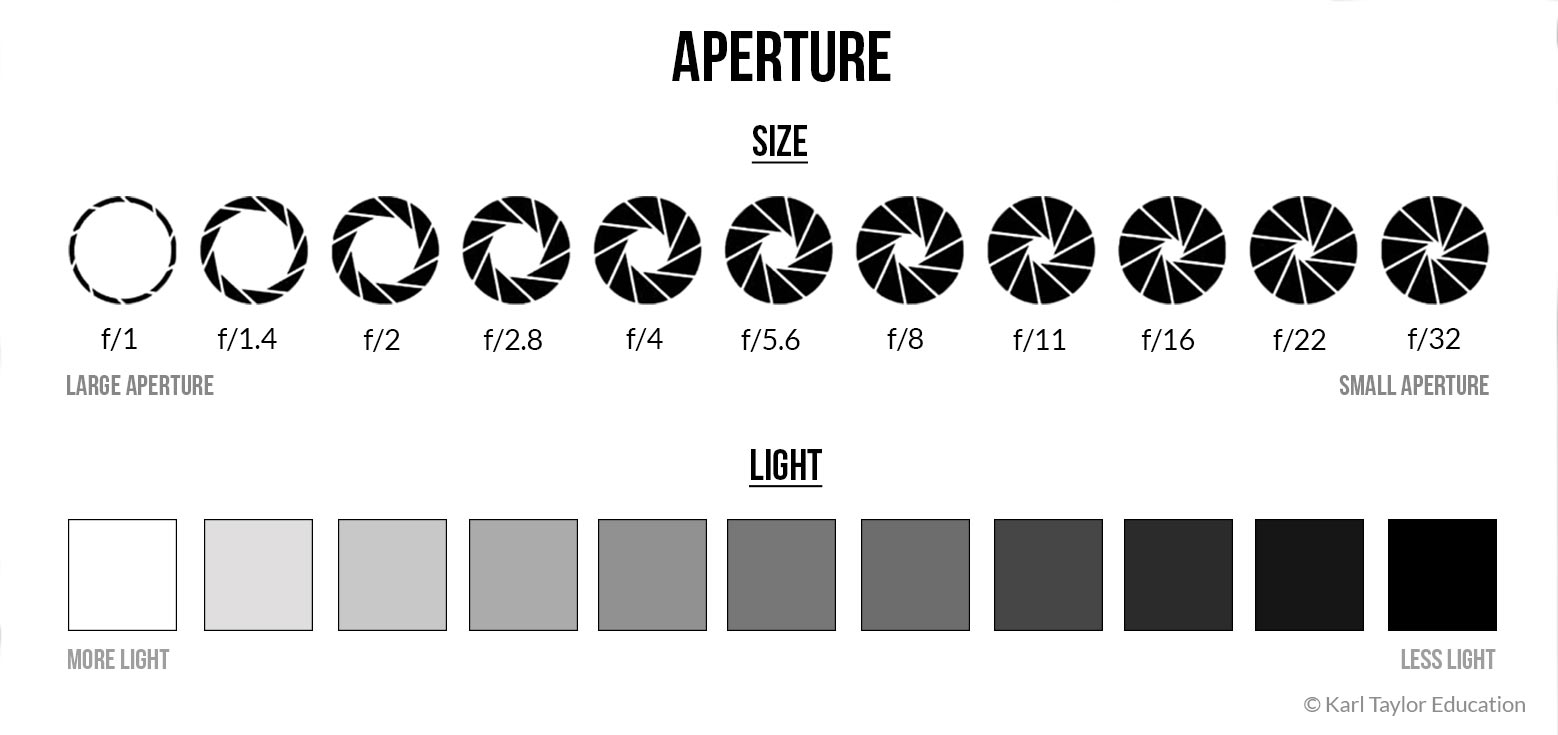
Shutter speed
Controls how long it takes to record an prototype.
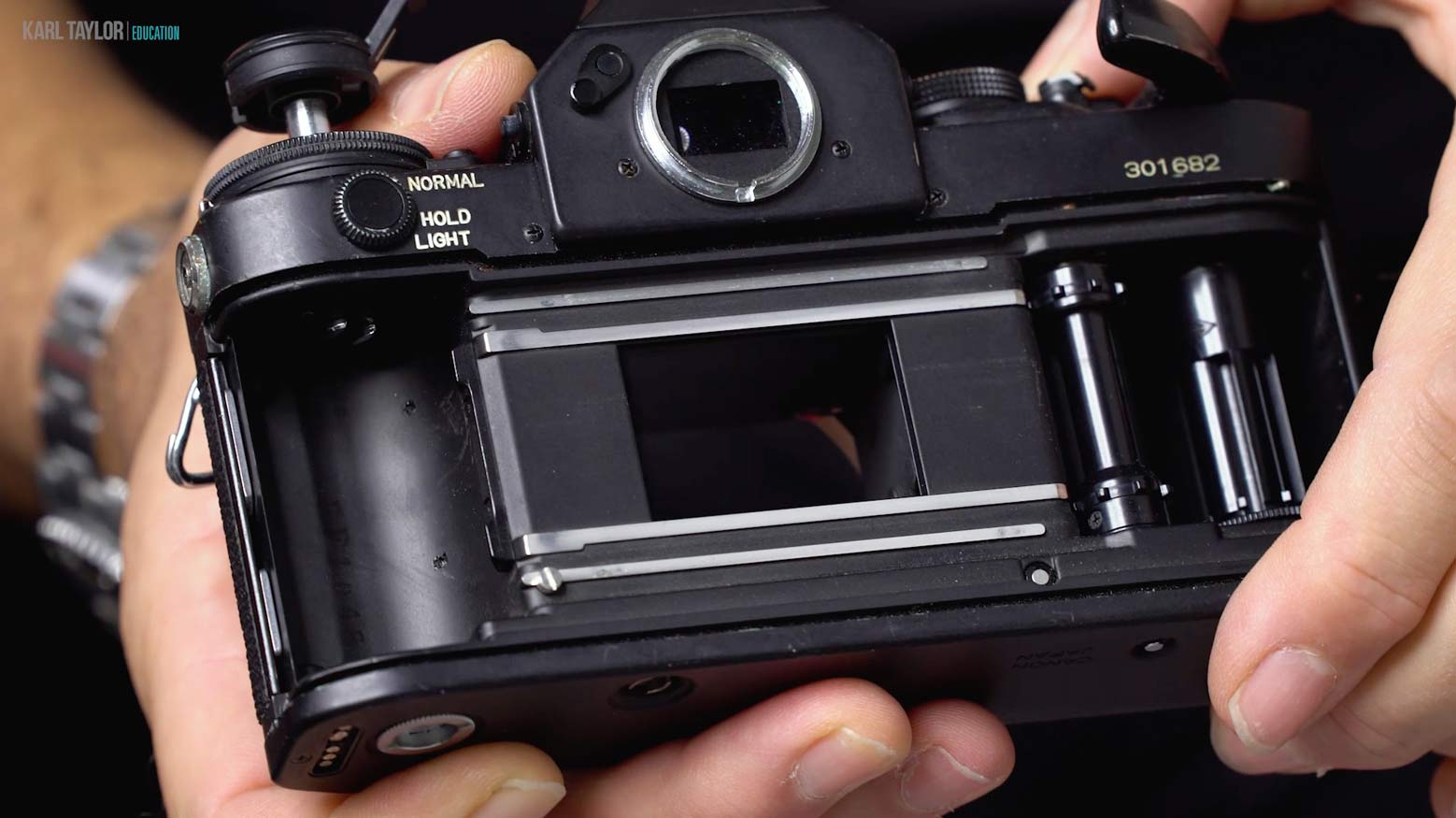
Fourth dimension is an important function of recording images and is controlled past adjusting the shutter speed. The shutter speed refers to the duration that the shutter remains open to tape an paradigm. This is recorded in tenths or hundredths of a 2nd (for example ane/ten, 1/250 or 1/1000) or seconds (for example 1", x" or 30"). The slower the shutter speed, the longer the shutter stays open and the more light is captured. Faster shutter speeds freeze movement, while slower shutter speeds allow for motility mistiness.
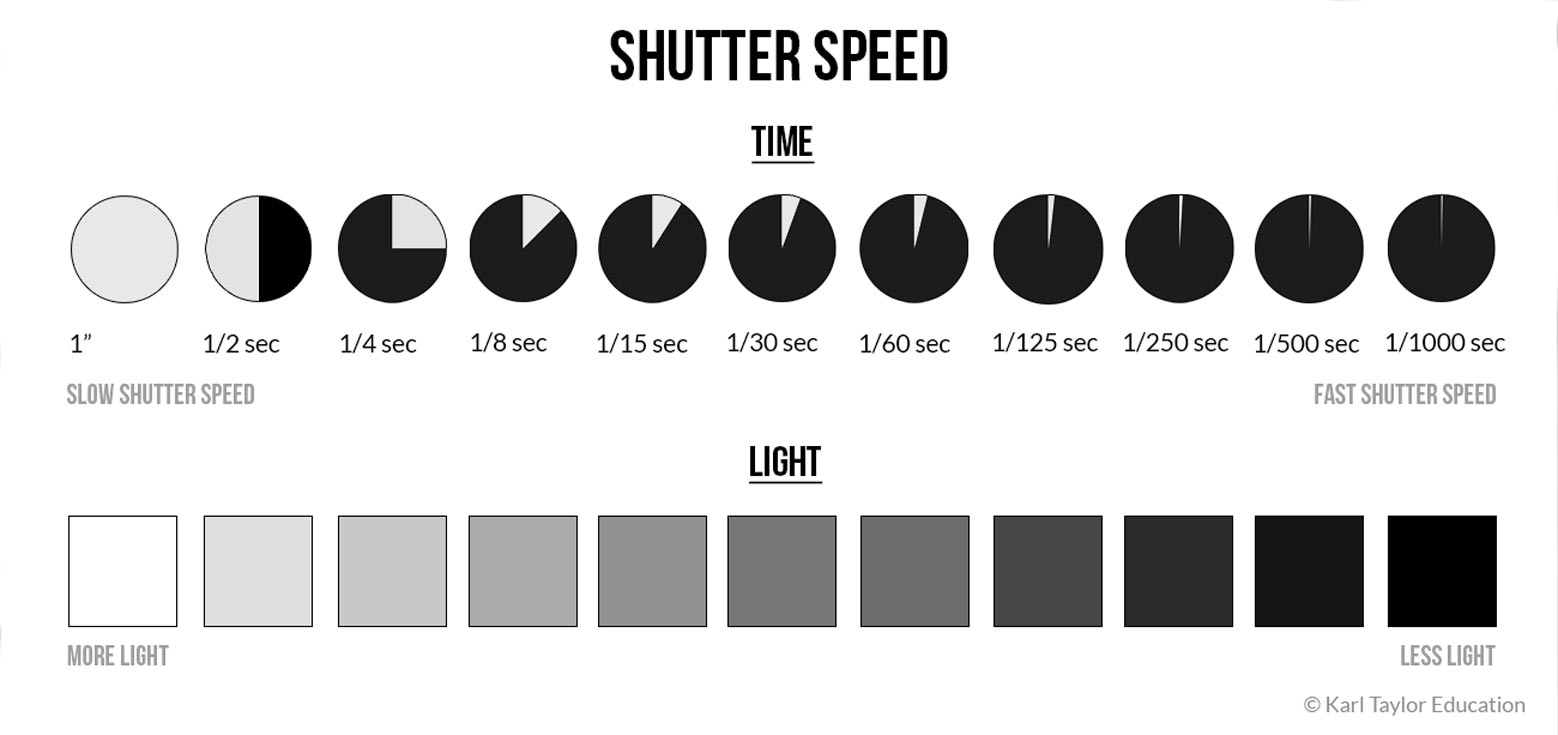
Medium
What we record the captured epitome on to.
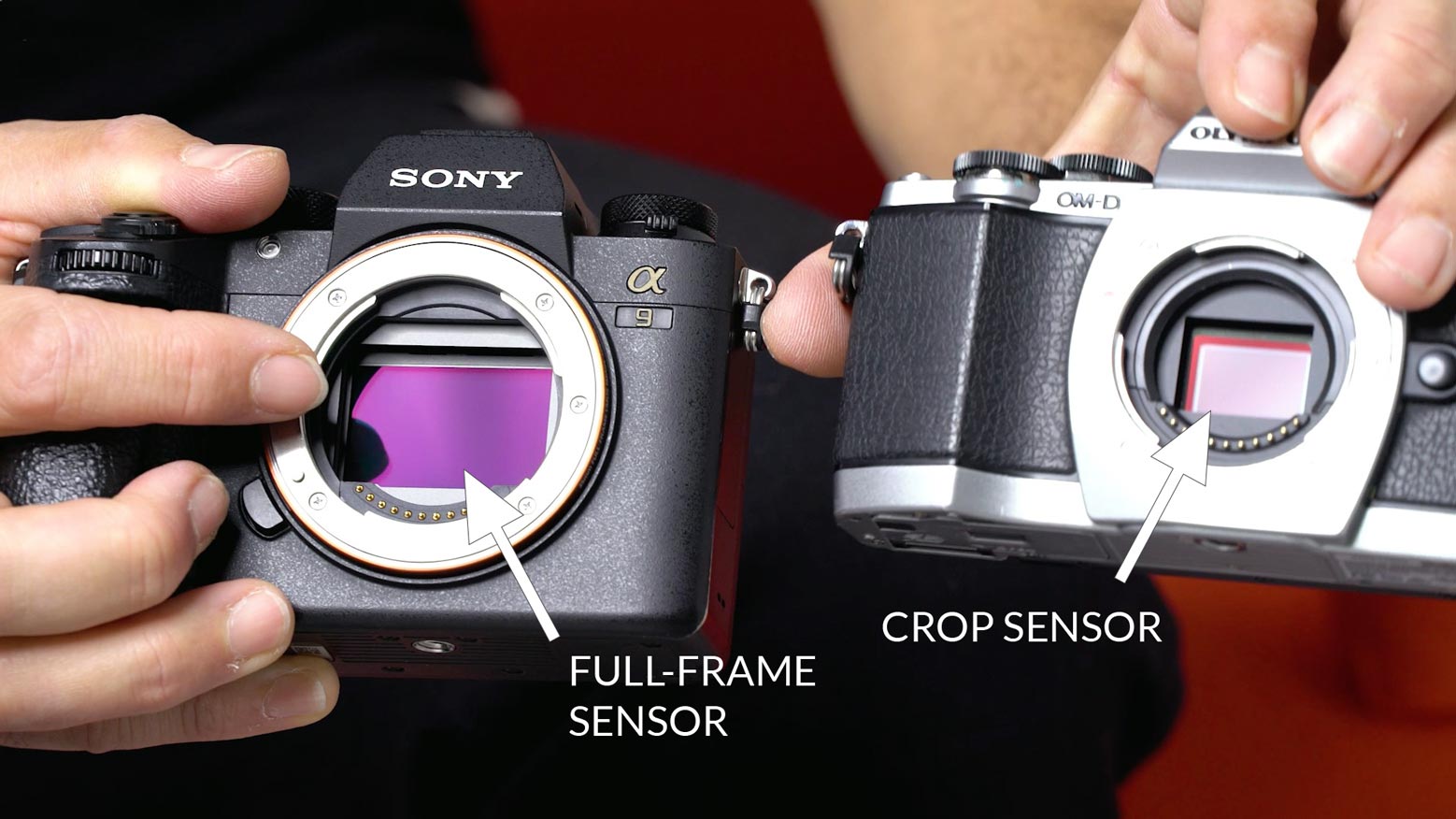
Photographic images are created past light passing through the lens and reaching the recording medium, which is what records the prototype. Traditionally, this was moving-picture show, merely nowadays images are recorded onto sensors. Modern cameras use mainly digital sensors — either CCD (charge-coupled device) or CMOS (complementary metal-oxide-semiconductor). There are a few different sensor sizes, but the iii most common ones are full-frame, crop (or APS-C) and medium format (these different sizes are all covered in more detail in the video above).
Regardless of what camera you're using, how each of these six essentials work is very like and you'll shortly see that everything in photography relates to one, or a combination, of these six things, so a clear understanding is vital. We'll be looking at each of these in much greater detail throughout the residuum of this course.
Before moving on to the adjacent chapter, make certain to watch the video in a higher place as this contains vital information additional to this page. At that place is also a useful PDF guide that contains some great supplementary information and infographics that you may want to impress out and refer to when out shooting.
All content © Copyright Karl Taylor Pedagogy.
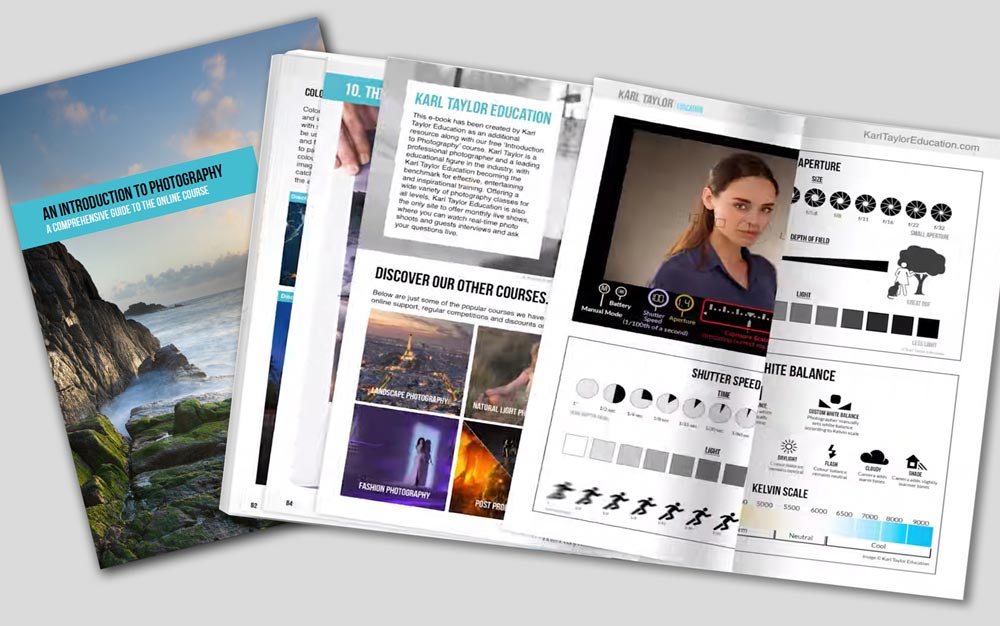
Get the east-book!
Introduction To Photography
To get your copy of this 90 page e-book click the download button below.
Source: https://karltayloreducation.com/class/introduction-and-how-cameras-work/
Posted by: moorerthund1988.blogspot.com


0 Response to "How Do Movie Cameras Work"
Post a Comment